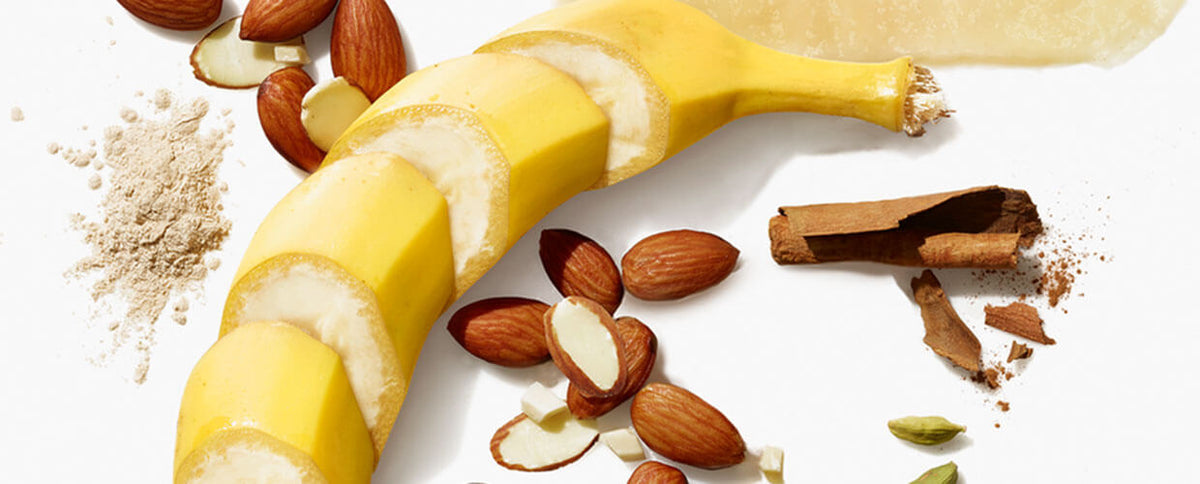Quick-Digesting Carbs: The Secret to Great Post-Workout Nutrition

This article is sponsored by our partner, Vejo.
Did you know that what you eat (or don’t eat) after training can significantly affect your results?
If your goal is to recover quickly, build muscle, increase strength, or lose body fat, there’s a very important post-workout principle you don’t want to overlook: eating the right carbohydrates.
In the same way that fertilizing a plant with nitrogen, phosphorus, and potassium can increase the growth and health of a plant, providing the right type of fuel after a workout can make your body more anabolic, something that becomes increasingly important as you age.
Most people know they need protein or amino acids after training, and probably some carbohydrates, too. Increasingly aware of the deleterious effect of simple carbohydrates and sugar, health-conscious people are avoiding high-glycemic carbs like Los Angeles traffic.
Yet it turns out that quick-digesting carbohydrates have a completely different effect when consumed within an hour of training (known as the “60-minute window of opportunity”).
Refilling the Tank, Building Muscle
After a challenging workout, your muscles become partially or completely depleted of glycogen. When you consume the right carbohydrates within an hour of training, those carbohydrates are preferentially used to refill glycogen versus being stored as fat (which is the inevitable outcome when muscle glycogen is full).
Not only does this refill the tank, but it also helps you feel replenished.
In addition to replenishing muscle glycogen, quick-digesting carbohydrates also help promote muscle synthesis. Muscles need nutrients to grow, and the quickest way to get them what they need is by stimulating insulin: an anabolic hormone that facilitates tissue growth.
3 Characteristics of Good Post-Workout Carbs
To raise your insulin level, you need to consume carbohydrates that cause a rapid increase in blood glucose.
The best type of carbohydrate has three key criteria.
It’s low in fiber: Fiber slows the release of sugar into your blood stream, thereby blunting a surge in insulin.
It isn’t too high in fructose: Fructose must be converted into glucose and has a tendency to replenish liver glycogen before muscle glycogen.
It’s low in fat: Like fiber, fat slows the release of sugar into your bloodstream which prevents a rapid rise in insulin.

Some examples of foods that meet this criteria are:
- White Rice or Rice Cakes
- Potatoes
- Bananas
- Pineapples
- Kiwis
- Berries
- Sweetened Almond Milk
A Simple Post-Workout Smoothie
Although somewhat nuanced, post-workout carb consumption doesn’t need to be overwhelming.
A simple way to combine protein and quick-digesting carbohydrates in a post-workout meal is by using a low-fructose Vejo blend like:
- Tart Berry
- Mixed Berry
- Strawberry Banana
- Banana Almond (for individuals with known blood sugar imbalances)
Simply pair a Vejo blend with protein like Greek yogurt, protein powder, or collagen.
As with most everything in nutrition, individual needs will vary, and not everyone will benefit from adding quick-digesting carbohydrates to their post-workout routine. If you have diabetes, insulin resistance, or metabolic syndrome, restoring glycemic control is a more important strategy for improving your body composition than capitalizing on your “60-minute window of opportunity.”




